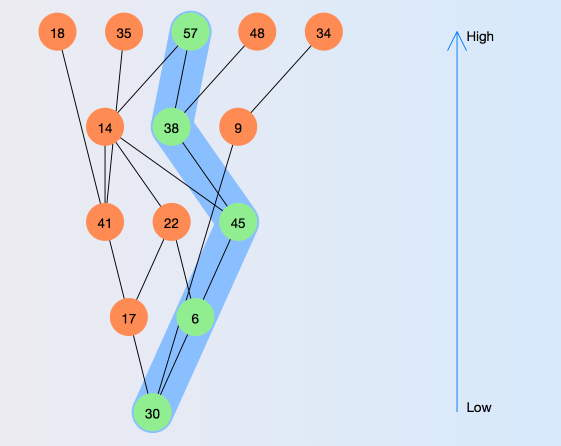Barcamp Muencheberg
(March 2015)
During a barcamp of the workshop „Simulation in den Umwelt- und Geowissenschaften“ (simulation in environmental and geo- sciences) March, 2015 in the research center ZALF the PyHasse-website and the actual status of available programs (modules) was shown as well as examples applying available modules were demonstrated. A typical question is often posed and also within the barcamp: What (the hell) can I do with PyHasse?
Answers can be found in:
Within the interview of our documentation [1]
In the references [2]
Clearly you can always ask the authors of PyHasse themselves [3].
Nevertheless here (once again) a trial to give a simple answer:
Always when you want to find a ranking of objects (cities with respect to their living quality, chemicals with respect to their environmental risks, etc) PyHasse tries to find a ranking out of the indicators seen as characteristic for the ranking aim. However not all objects can be uniquely ranked, because data conflicts due to the single indicators may appear. Both the vertical direction (the ranking) as well as the horizontal devwlopment (the conflicts ) can be analyzed by PyHasse.
[1] Interview
[2] References
[3] Impress
